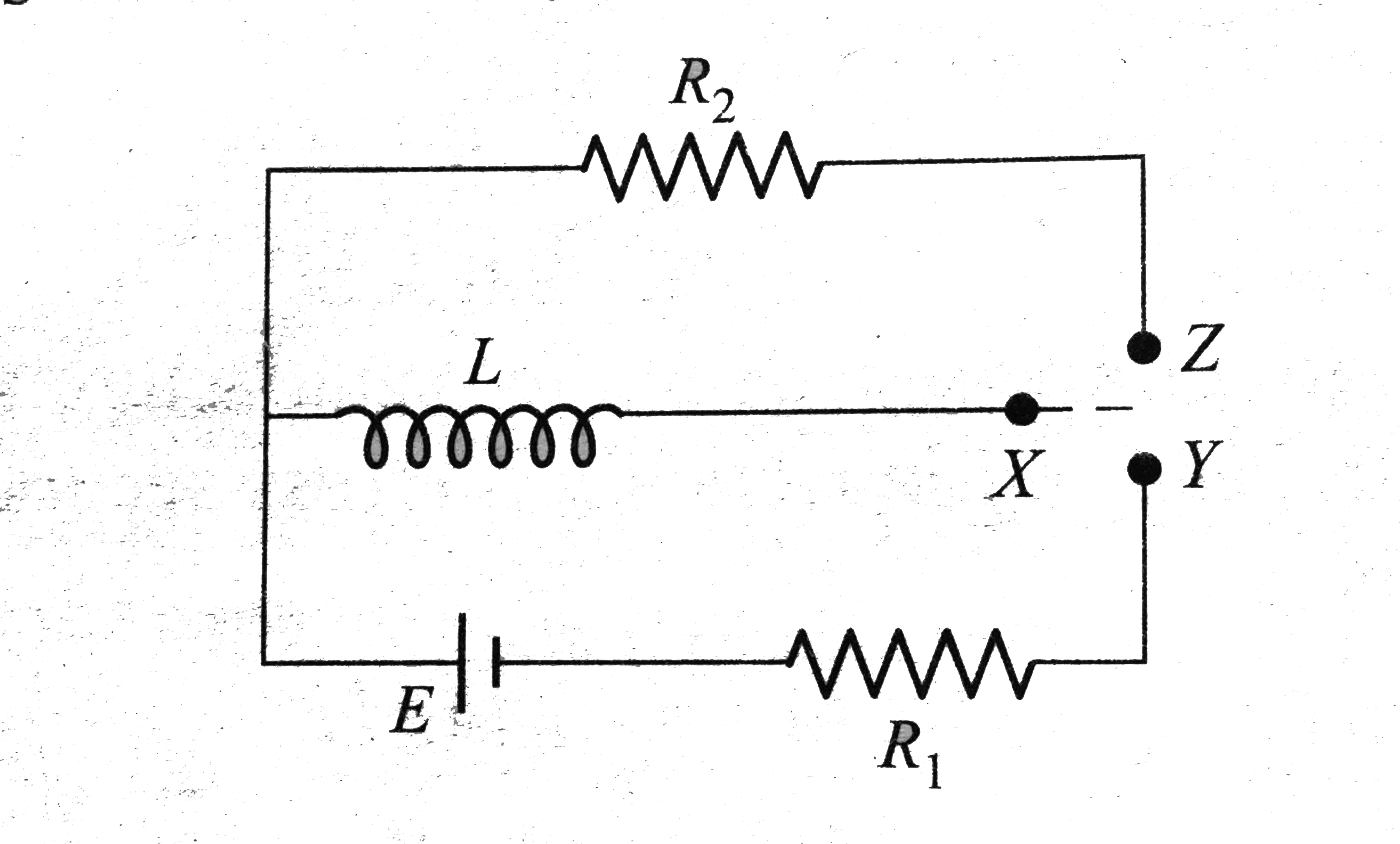The capacitor C is initially without charge. X is now joined to Y for a long time, during which H1 heat is produced in the resistance R. X is now joined to Z for a long time, during which H2 heat is produced in R
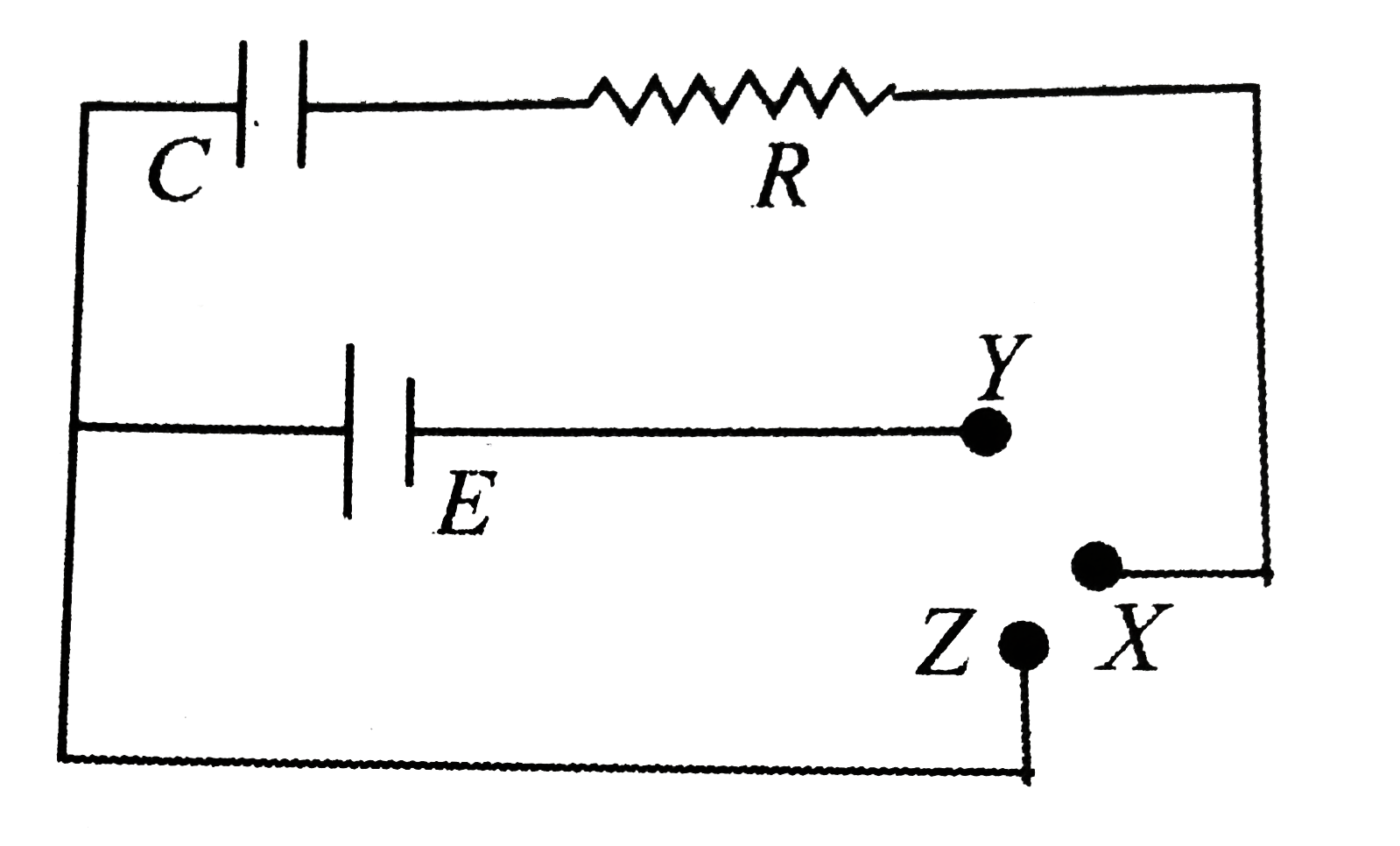
H1=H2
H1=12H2
H1=2H2
The maximum energy stored in C at any time is H1.
The correct Answer is:A, D
When X is joined to Y for a long time (charging), energy stored
in the capacitor is equal to heat produced in R=H1.
When X is joined to Z (discharging), the energy stored in
C=(H1) reappears as heat (H2) in R. Thus, H1=H2.
Topper's Solved these Questions
- BOOK - CENGAGE PHYSICS ENGLISHCHAPTER - ELECTRIC CURRENT AND CIRCUITEXERCISE - Comprehension35videos
ELECTRIC CURRENT AND CIRCUIT
- BOOK - CENGAGE PHYSICS ENGLISHCHAPTER - ELECTRIC CURRENT AND CIRCUITEXERCISE - Interger8videos
ELECTRIC CURRENT AND CIRCUIT
- BOOK - CENGAGE PHYSICS ENGLISHCHAPTER - ELECTRIC CURRENT AND CIRCUITEXERCISE - Single Correct72videos
ELECTRIC CURRENT AND CIRCUIT
- BOOK - CENGAGE PHYSICS ENGLISHCHAPTER - ELECTRIC CURRENT & CIRCUITSEXERCISE - Kirchhoff s law and simple circuits15videos
ELECTRIC CURRENT & CIRCUITS
- BOOK - CENGAGE PHYSICS ENGLISHCHAPTER - ELECTRIC FLUX AND GAUSS LAWEXERCISE - MCQ s38videos
ELECTRIC FLUX AND GAUSS LAW
Similar Questions
Knowledge Check
- Question 1 - Select One
The charge flowing through a resistance R varies with time t as Q=at−bt2. The total heat produced in R is
Aa3RbBa3R2bCa3R3bDa3R6b
In the circuit shown switch S is connected to position 2 for a long time and then joined to position 1.The total heat produced in resistance R2 is:
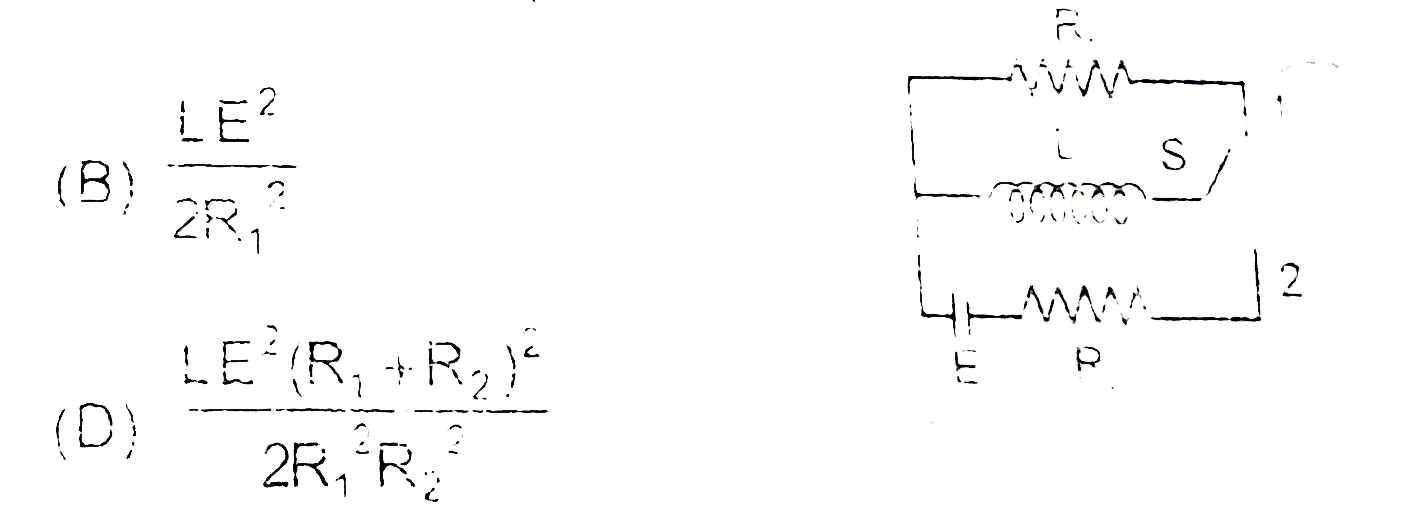 View Solution
View SolutionInitially, switch S is connected to position 1 for a long time . The net amount of heat generated in the circuit after it is shifted to position 2 is .
 View Solution
View SolutionIn the circuit shown the cells are ideal and of equal emfs, the capacitance of the capacitor is C and the resistance of the resistor is R. X is first joined to Yand then to Z. After a long time, the total heat produced in the resistor will be
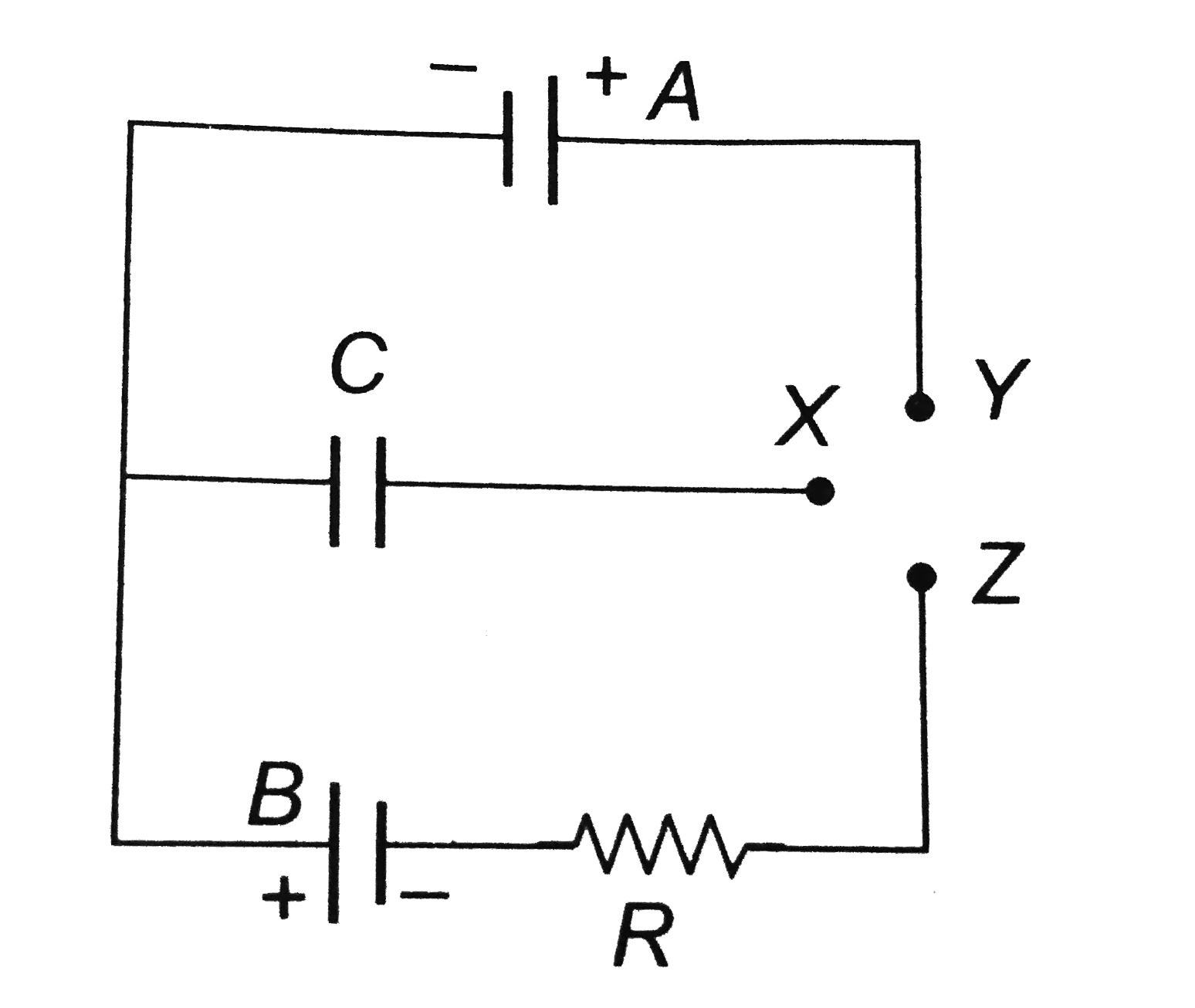 View Solution
View SolutionInitially, the switch is in position 1 for a long time. At t=0, the switch is Obtain expressions for VC and VR for t>0
 View Solution
View SolutionA capacitor of capacitance C, which is initially uncharged , is connected with a battery of emf ε. Find the heat dissipated in the circuit during the process of charging .
View SolutionThe capacitor 'C' is initially unchanged. Switch S1 is closed for a long time while S2 remains open. Now at t=0S2 is closed while S1 is opened. All the batteries are ideal and connecting wires are resistanceless
 View Solution
View SolutionIn the circuit shows in Fig, the coil has inductance and resistance. When X is joined to Y, the time constant is τ during the growth of current. When the steady state is reached, heat is produced in the coil at a rate P. X is now joined to Z. After joining X and Z:
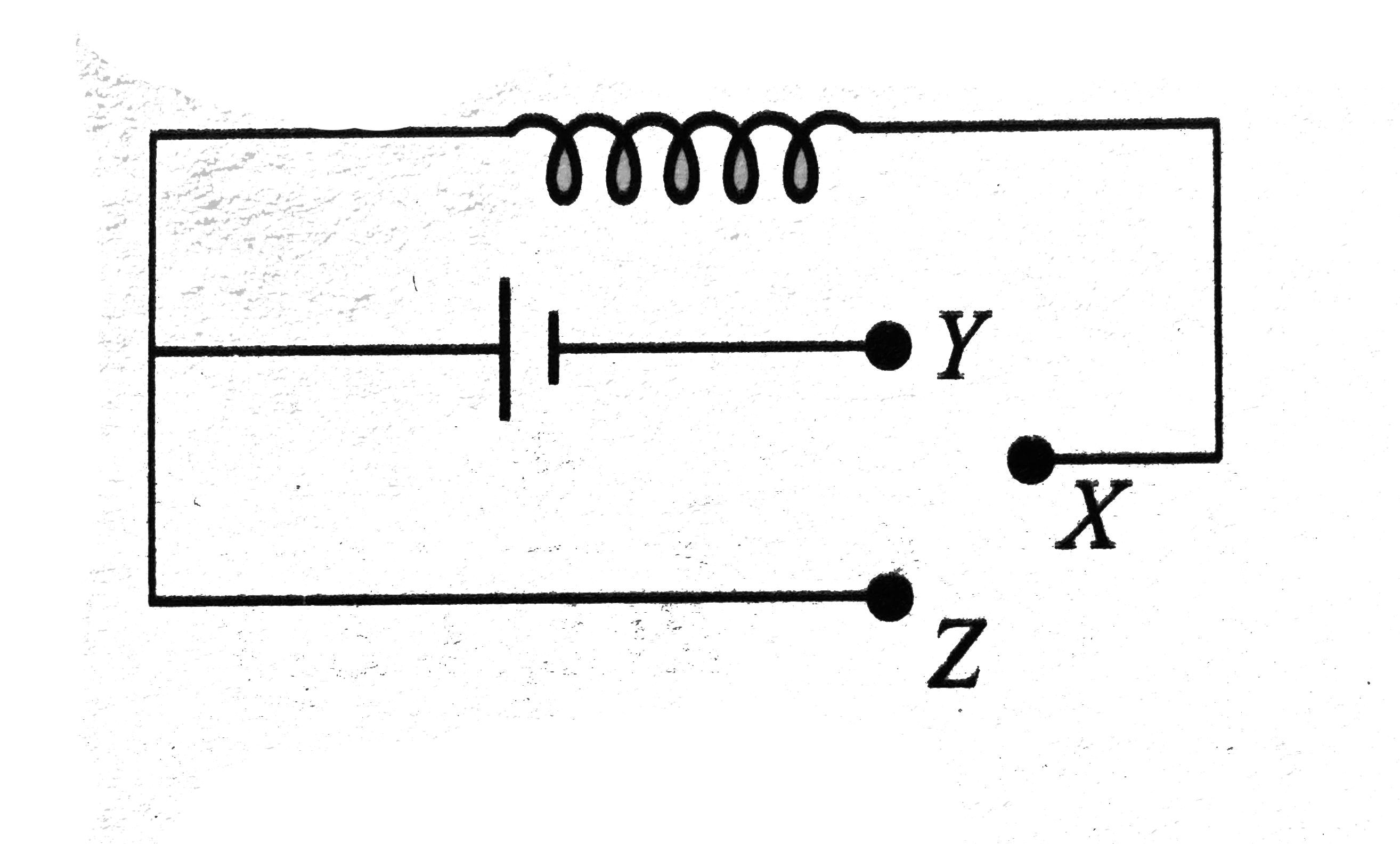 View Solution
View Solution


